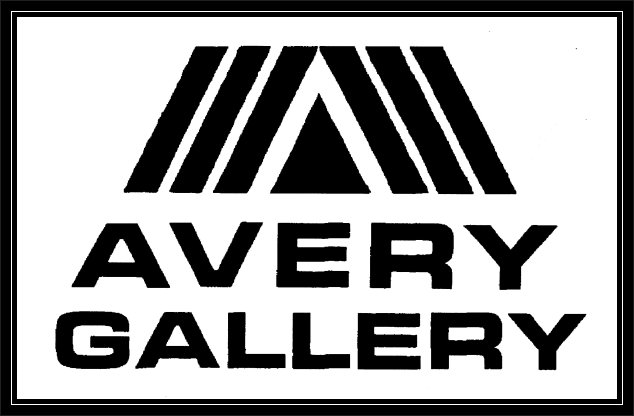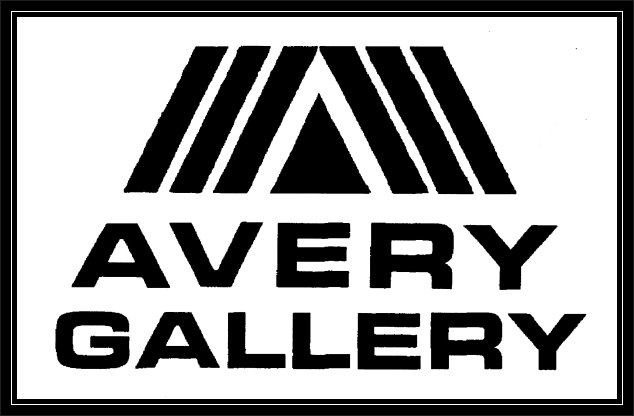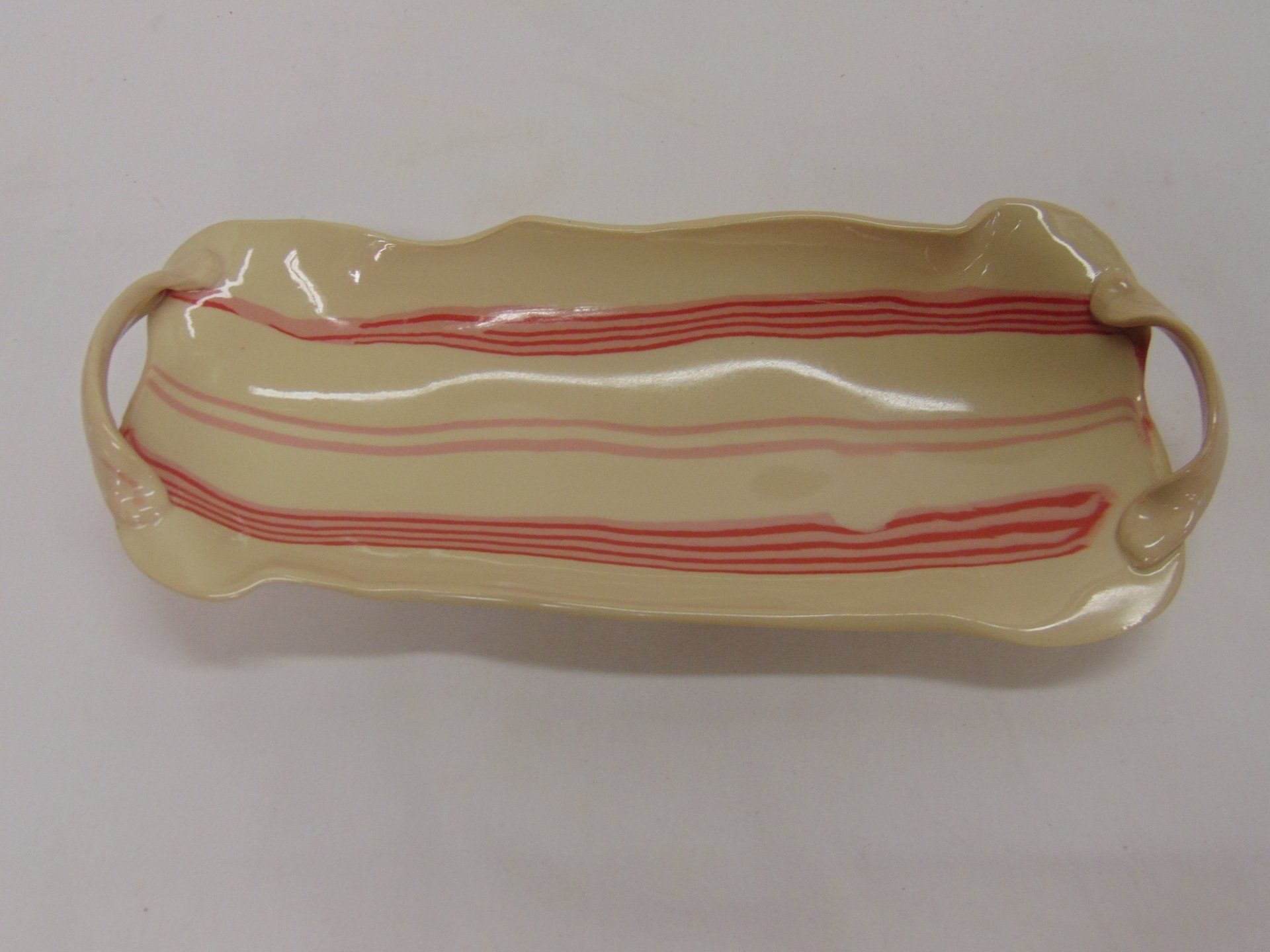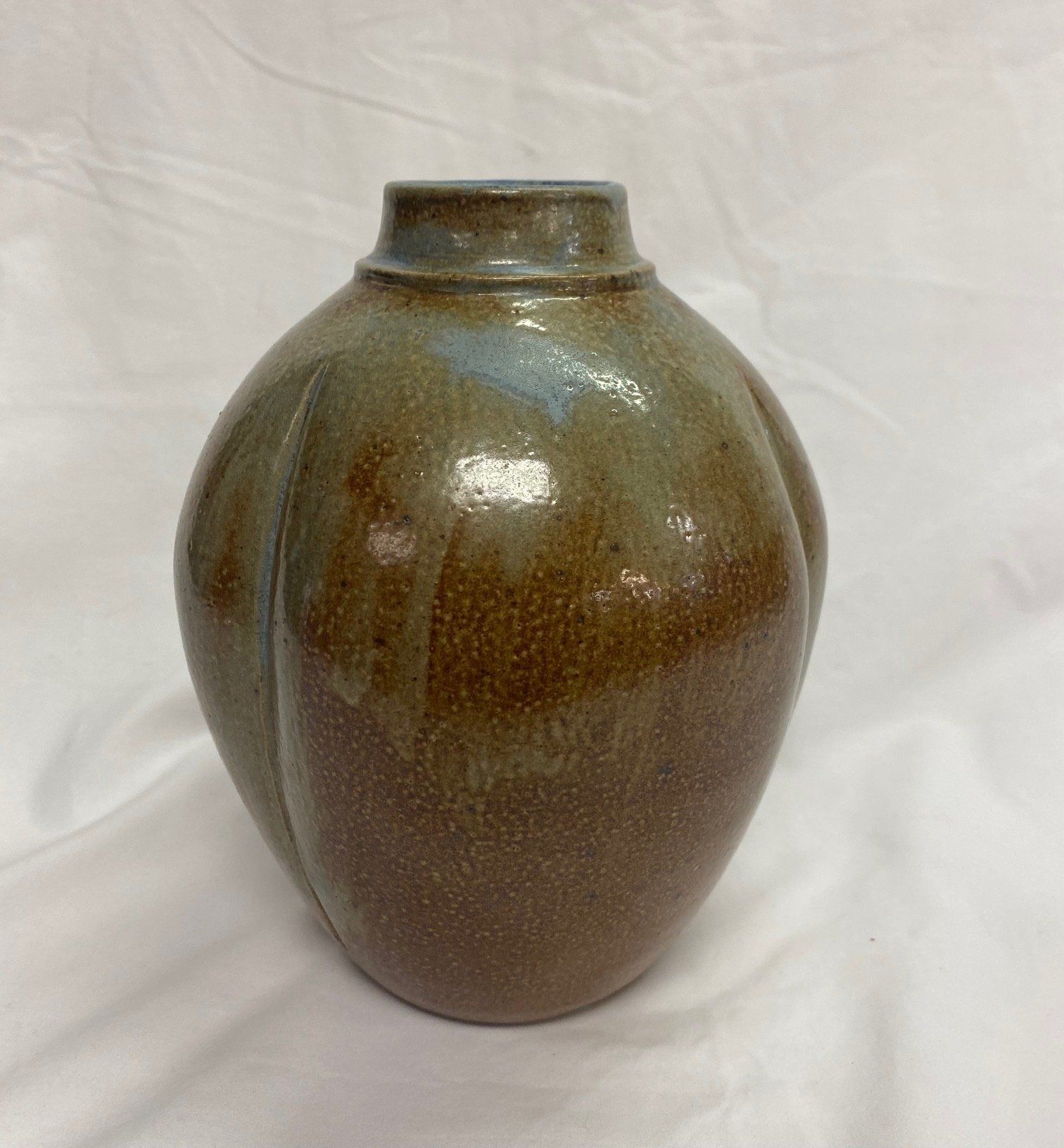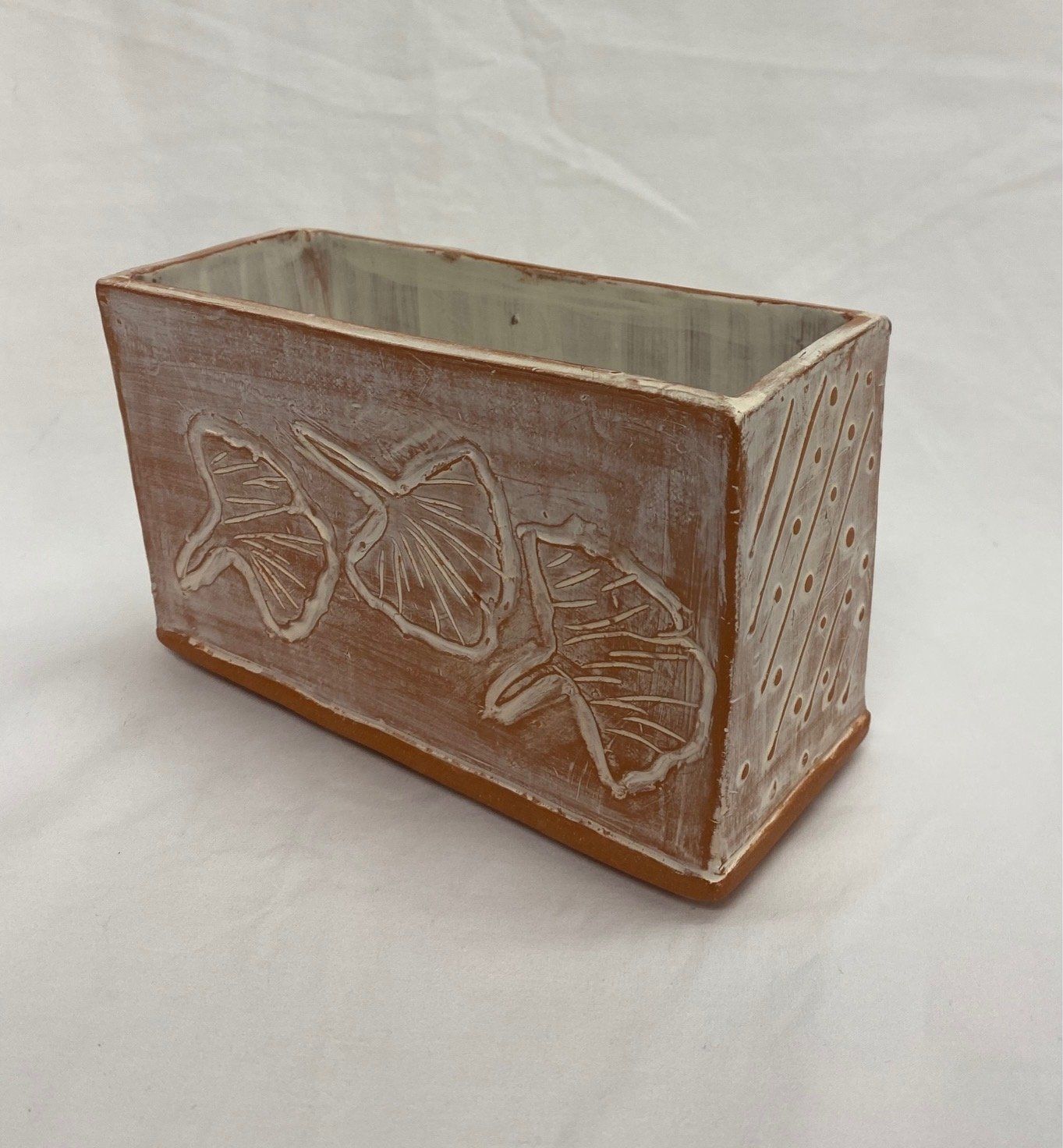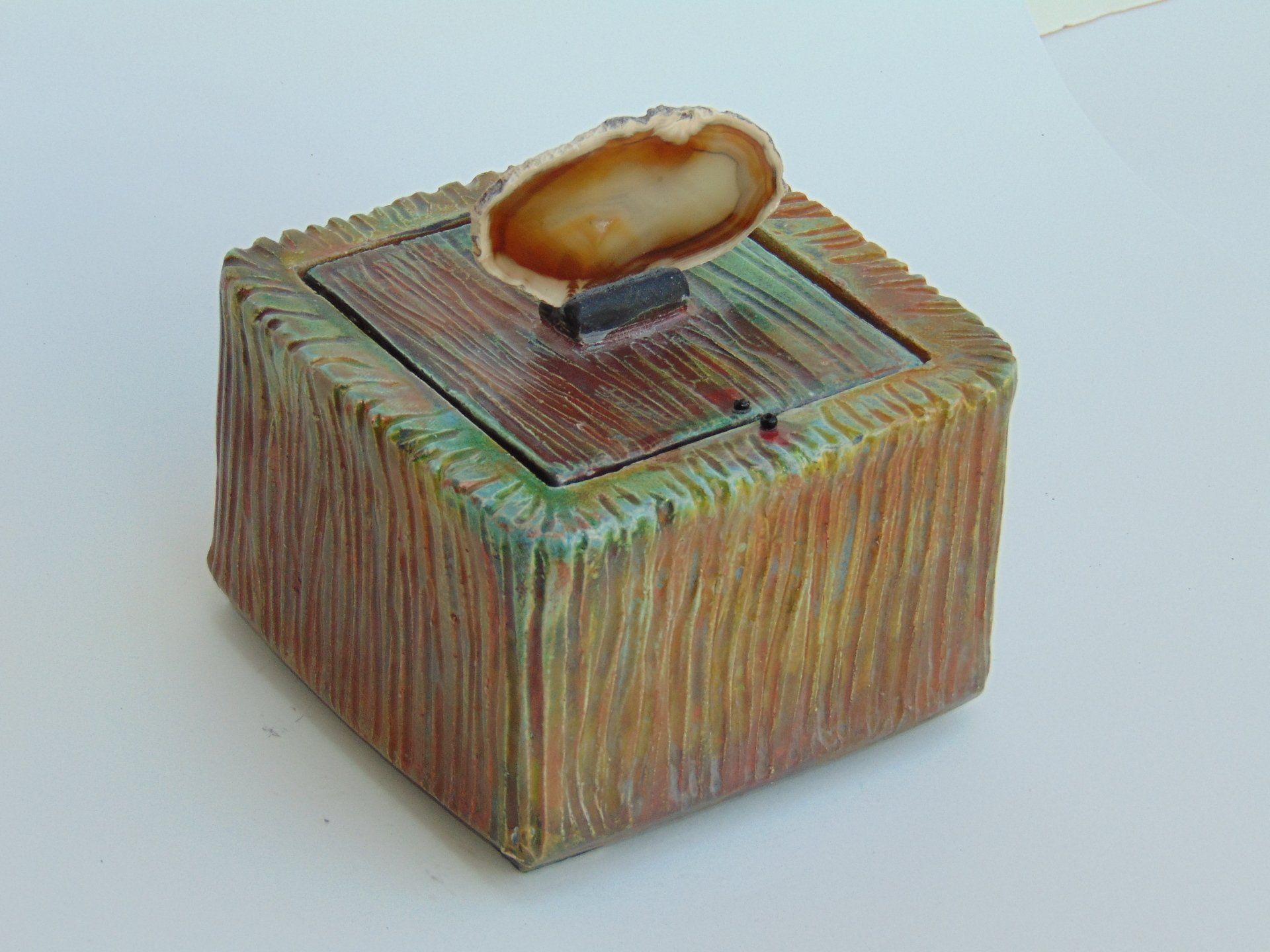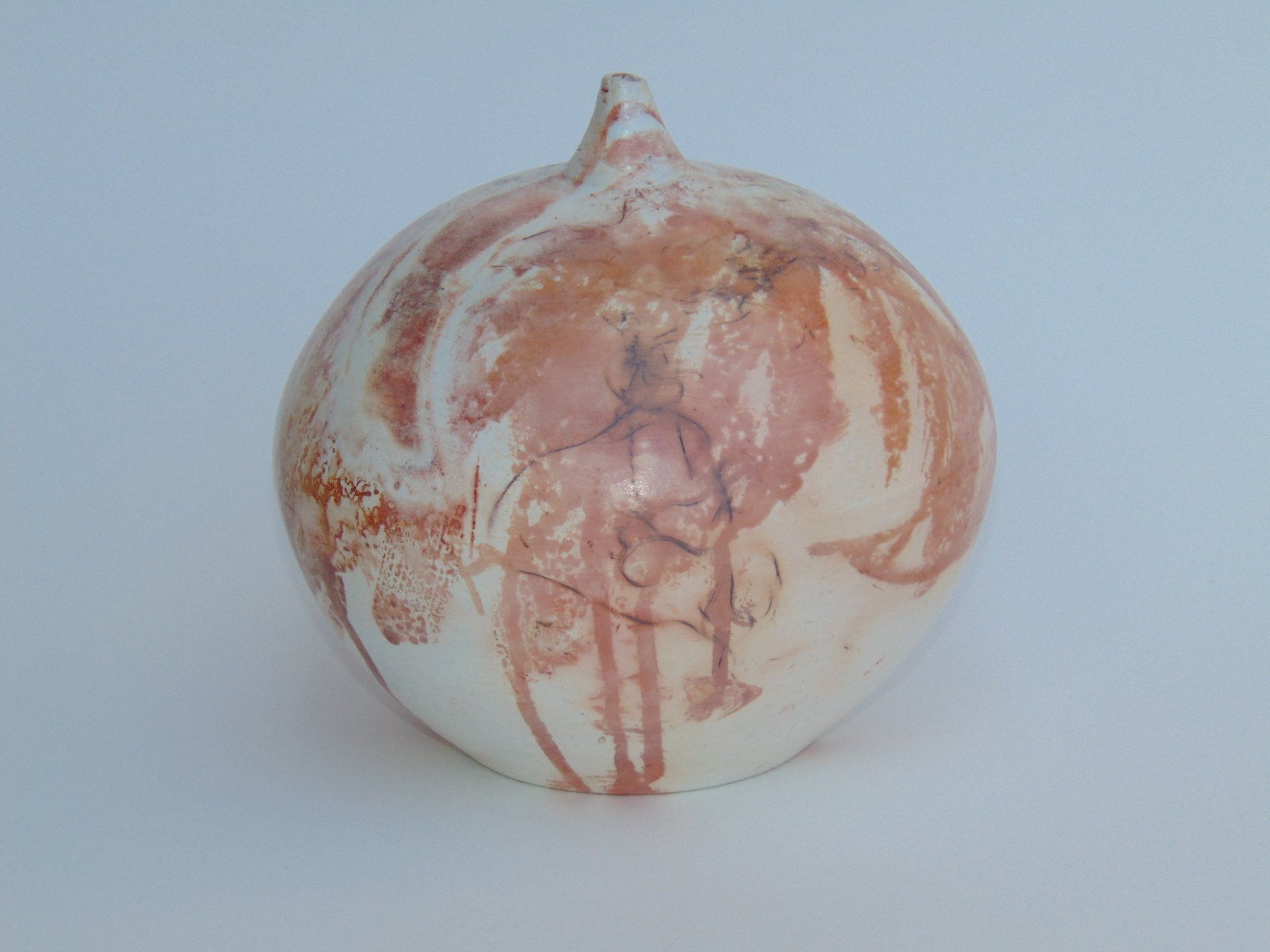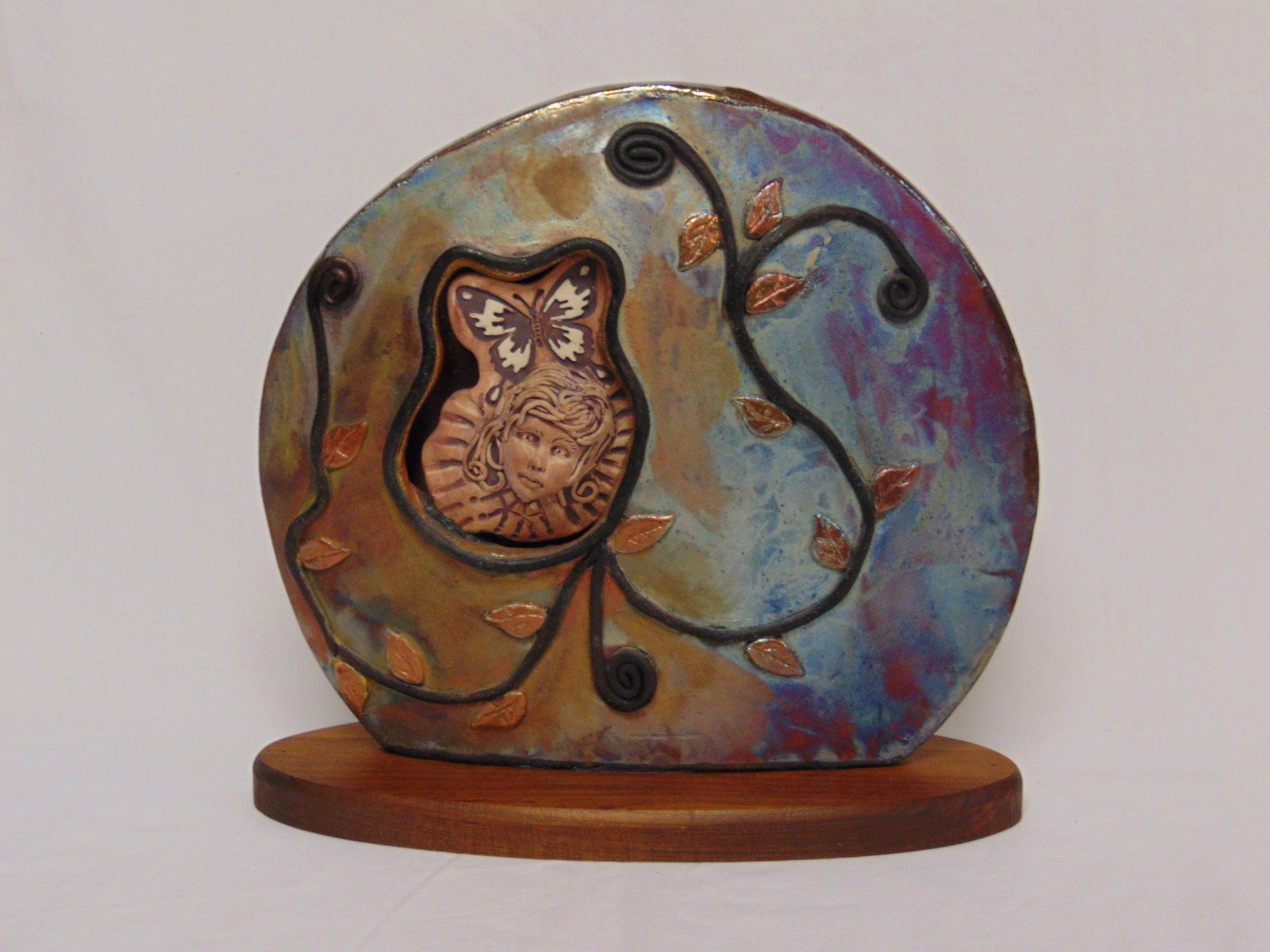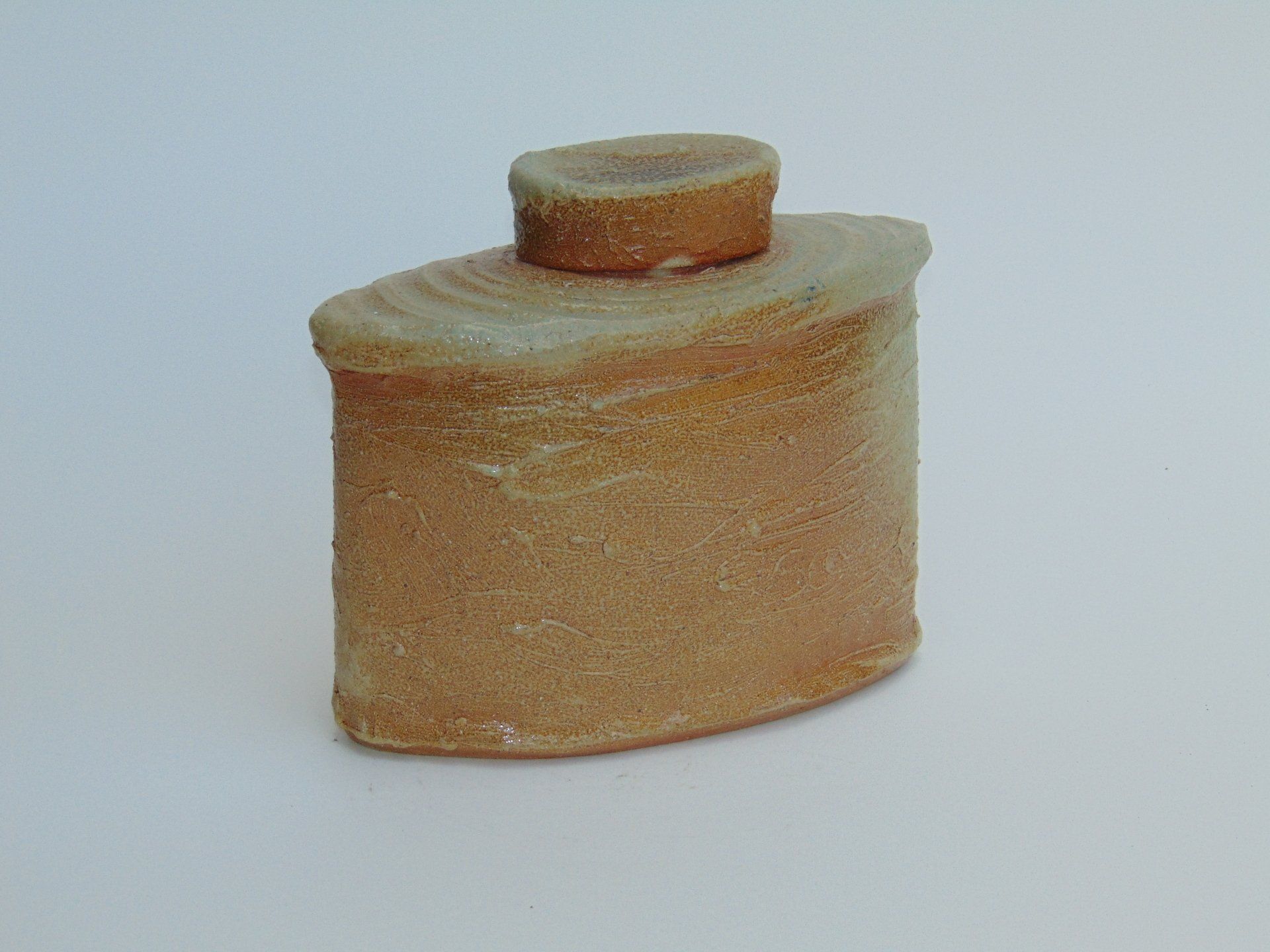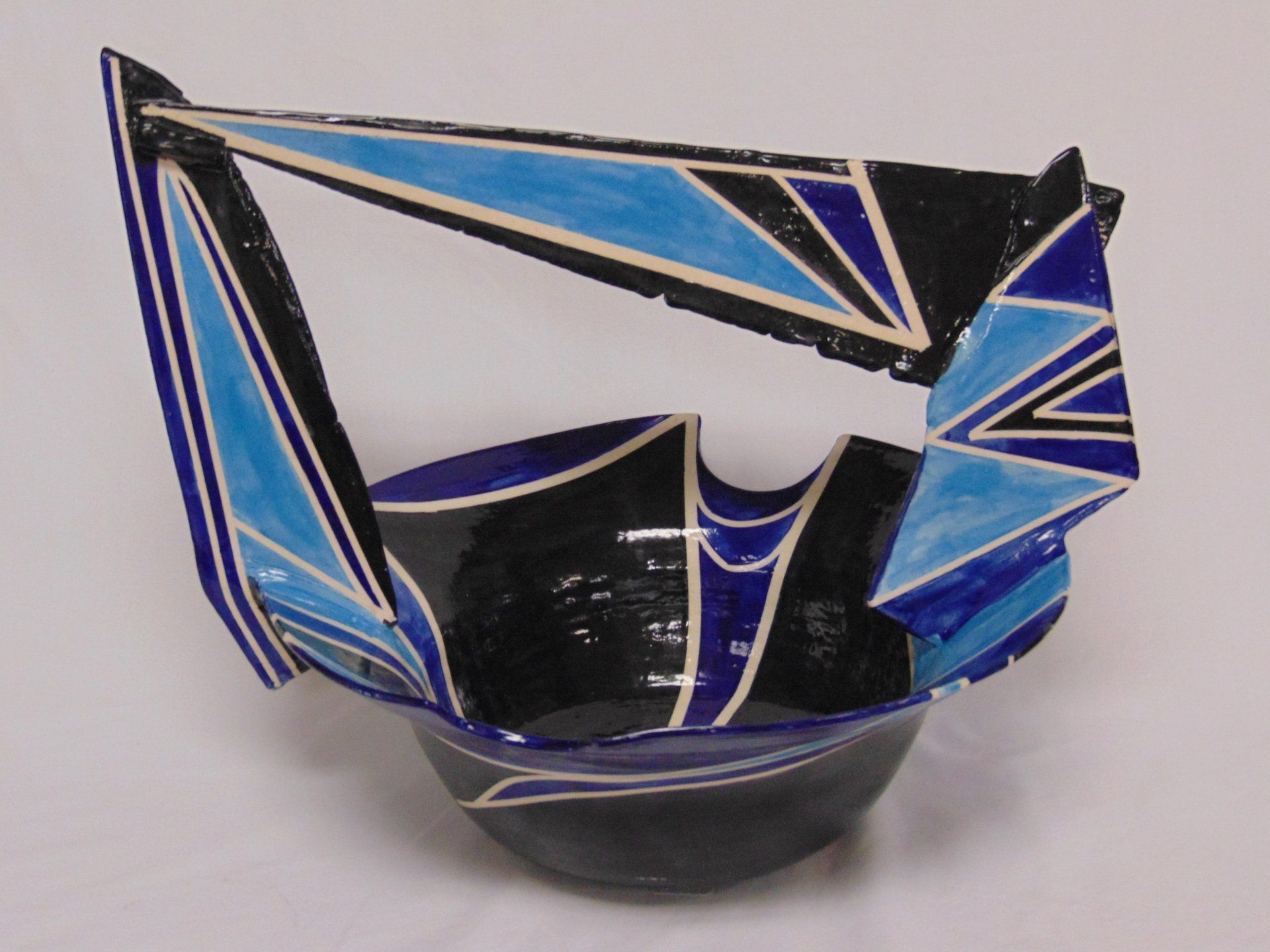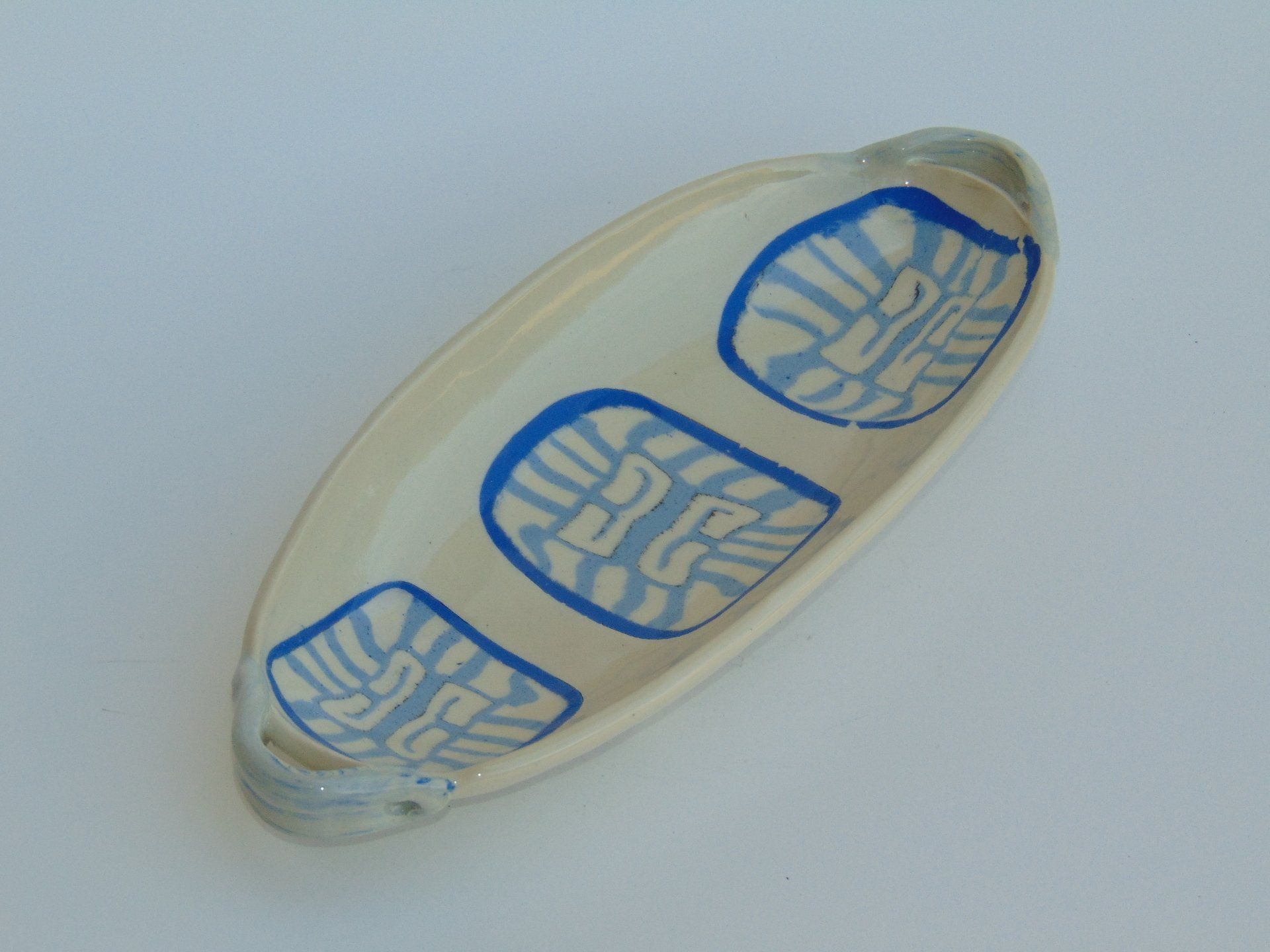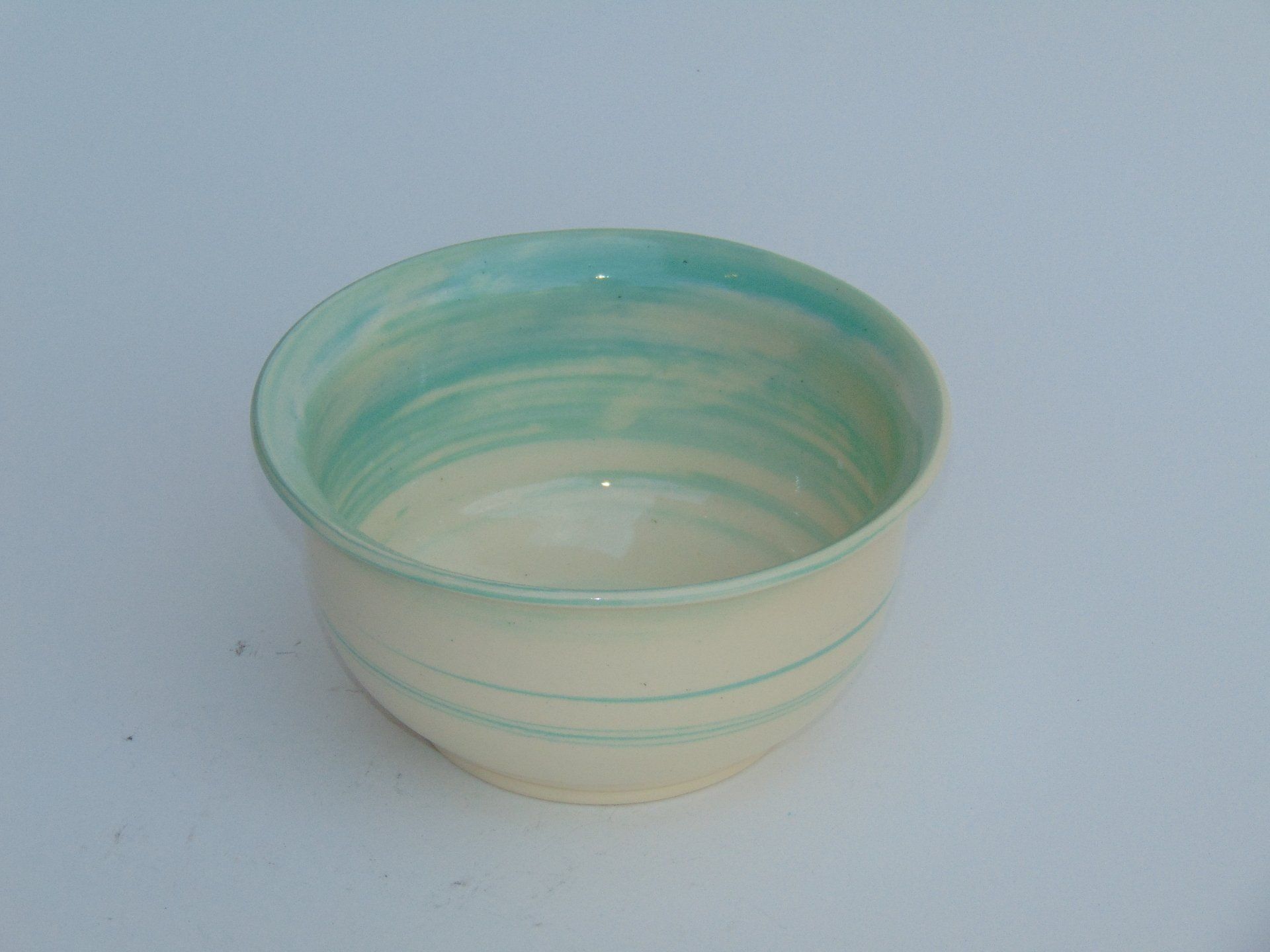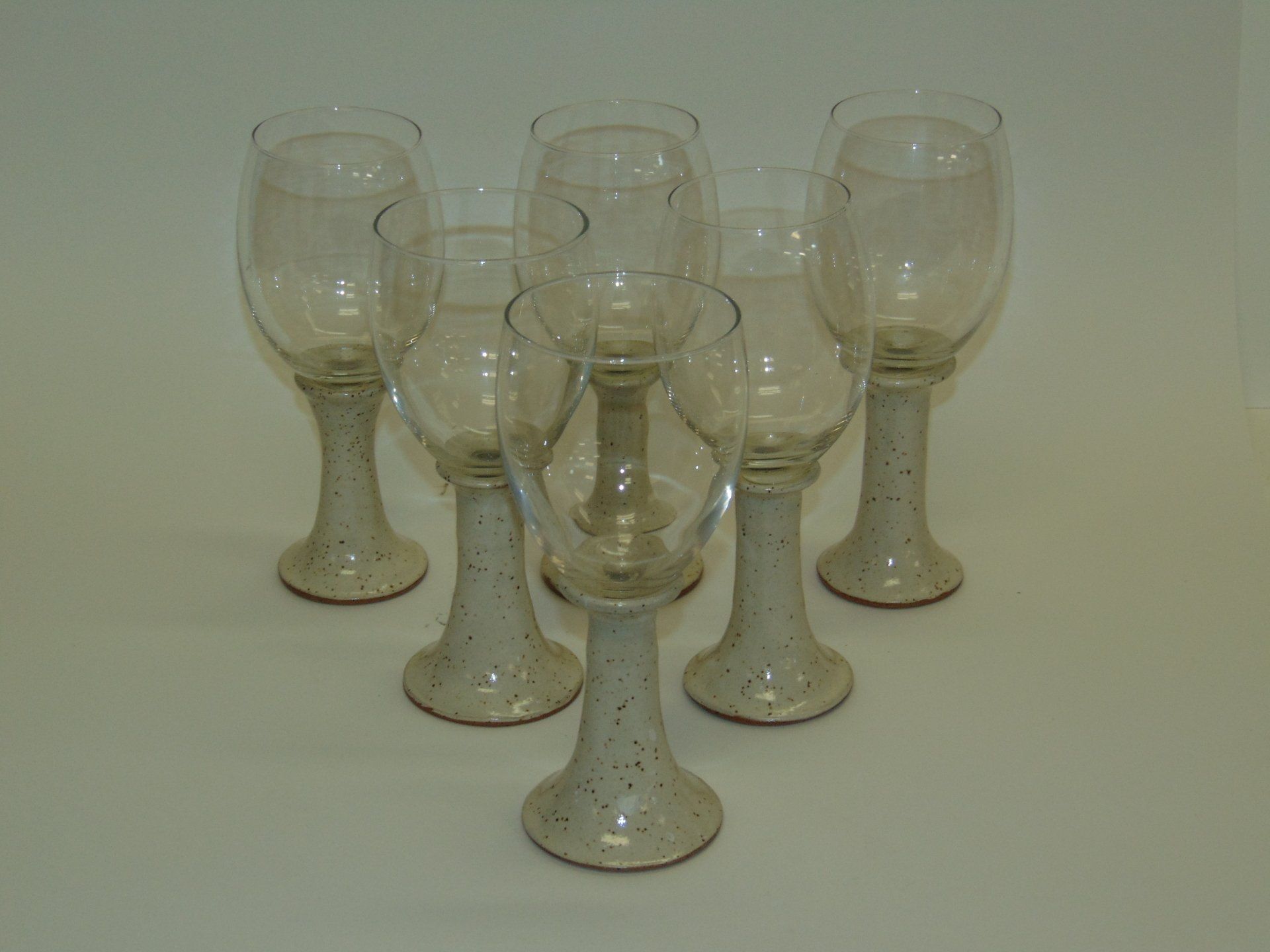Ann Wallin
Ann Wallin
Ann has had a fascination with clay sculpture since college. She decided to make it her full time career in the 1980s. Ann has worked as an educator for various art centers and museums. She has won many awards and has shown her work in both regional and national shows. She specializes in raku, horse-hair and saggar pottery.
Raku: A style of pottery originating in the 16th century. The smoking and rapid cooling process produces one of a kind color patterns characterized by irregular surface effects such as crackle glaze or wonderful iridescent colors when using a copper based metallic glaze. Raku pottery is not waterproof and cannot be used for serving food.
Horse-Hair: After initial firing, the pottery is re-fired and the horse hair is applied, resulting in a one of a kind design. The pottery is then sealed with an acrylic matte spray. Horse-hair pottery is not waterproof and cannot be used for serving food.
Saggar: Saggars are box like containers, made of clay, which are used to enclose the pottery during firing. The pottery is surrounded by reactive materials which ignite or fume during firing leaving the pottery buried in layers of fine ash. The result is dramatic black and white markings with flashes of color and texture. Each piece is one of a kind. Saggar-ware pottery is not waterproof and cannot be used for serving food.
Wood Fired Stoneware: The kiln is fired with wood over a thirty six hour period, reaching a temperature of 2300 to 2400 degrees Fahrenheit. The patterns that you see on the external surface result
from the movement of flame across the piece during firing. As the kiln reaches its maximum temperature, there can be deposits of wood ash. In soda firing, a mixture of baking soda and sodium carbonate suspended in liquid is sprayed at pottery during the firing process. This creates unique effects on finished pieces. The inside of the pieces can be glazed and waterproofed after cooling. A wood firing requires a large number of potters to participate. As many as five hundred pieces may be fired at once depending on the size of the kiln.
Neriage Technique: This technique is accomplished by inlaying colored clay patterns into the surface of wheel-thrown pieces. Marbling is accomplished by adding colored clays during the wedging process. Both the Neriage and/or marbling result in a one of a kind piece. The main clay body is white stoneware or porcelain that is high fired to 2200 degrees Fahrenheit. Waterproof and food safe.
